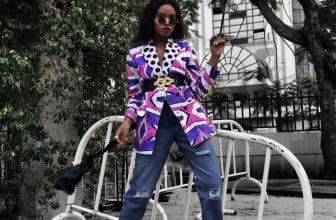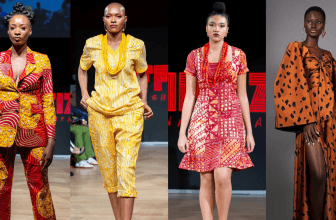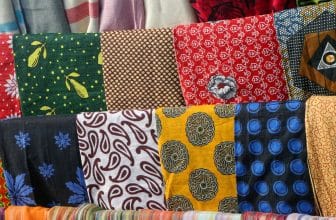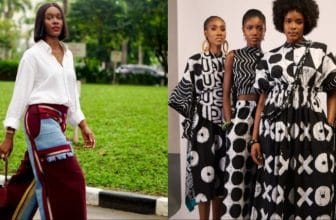How Fabric Finishes Transform Ordinary Materials into Luxury Textiles
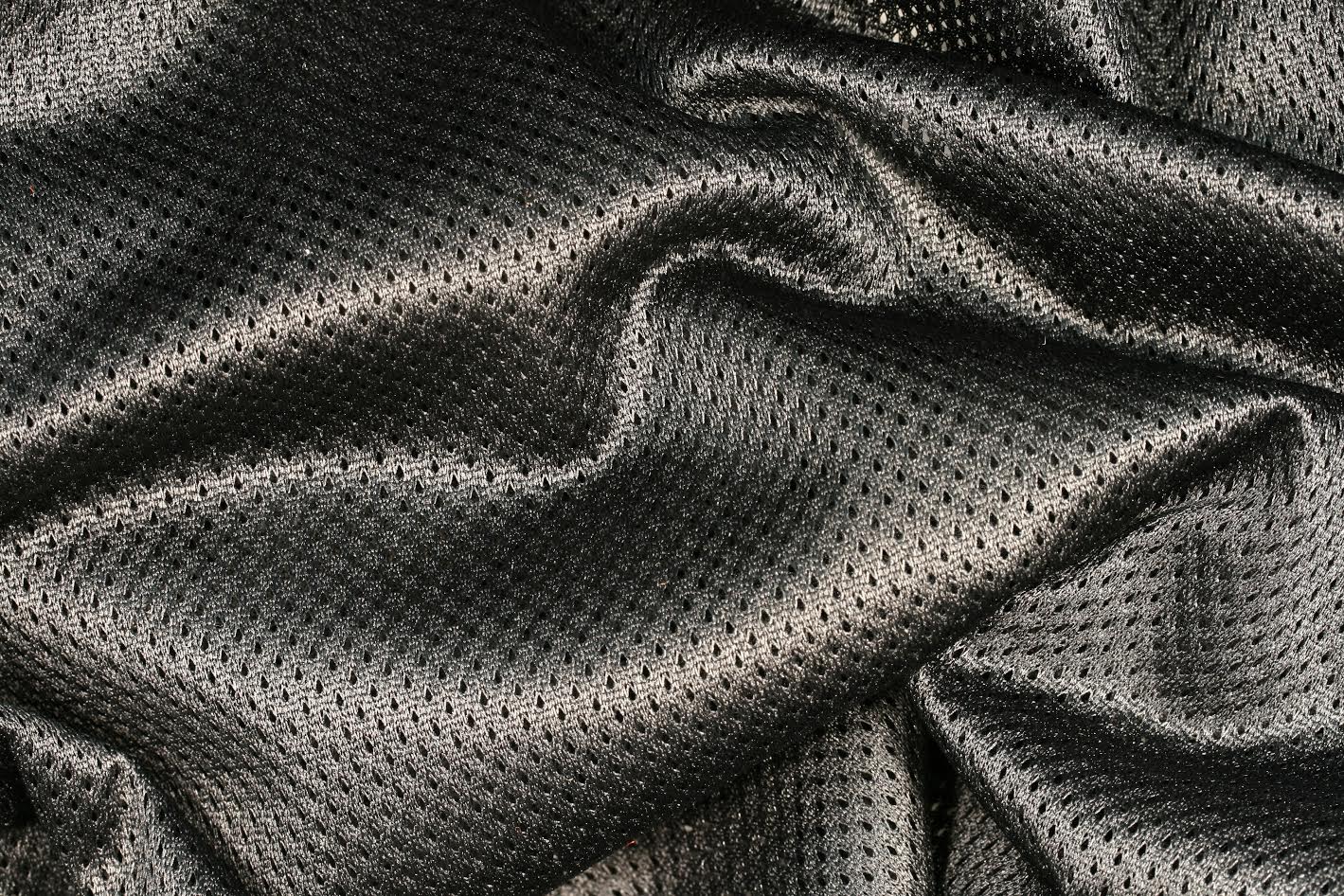
Introduction
Have you ever wondered why some fabrics instantly feel luxurious while others look plain and dull — even when they’re made from the same fiber?
The secret is in the fabric finishing process — the final touch that transforms ordinary cloth into a refined masterpiece.
Fabric finishes are like the final polish on a diamond; they bring out beauty, softness, and strength that raw material alone can’t reveal. Whether you’re a fashion designer, crafter, or textile enthusiast, understanding fabric finishes can elevate your projects from average to extraordinary.
Let’s dive deep into how these subtle treatments turn everyday fabrics into luxury textiles.
What Are Fabric Finishes?
In simple terms, a fabric finish is any treatment applied after weaving or knitting to enhance the fabric’s appearance, feel, or performance.
There are two main types:
• Mechanical finishes — achieved through physical processes like brushing or pressing.
• Chemical finishes — achieved through special coatings, resins, or treatments.
Both play a vital role in the final character of your fabric — how it drapes, shines, or resists wrinkles.
Top 7 Types of Fabric Finishes Every Designer Should Know
1. Mercerization
Used mainly for cotton, this chemical treatment strengthens the fibers, improves dye absorption, and gives a subtle sheen. It’s why some cotton looks almost silky.
2. Brushing
Softens the fabric surface by raising tiny fibers, creating a warm, cozy texture — perfect for flannels and winter wear.
3. Calendering
A smooth, glossy effect achieved by passing fabric through heated rollers. Think of the polished shine on satin — that’s calendering at work.
4. Sanforizing (Pre-shrinking)
No one likes clothes that shrink after one wash. Sanforizing ensures stability and maintains the garment’s original fit and length.
5. Water-Repellent Finishes
A must for outdoor or activewear fabrics. It keeps the fabric breathable while protecting it from moisture — ideal for raincoats and performance gear.
6. Wrinkle-Resistant Finish
This modern favorite prevents creasing and helps fabrics stay smooth all day, making it a go-to for business and travel wear.
7. Embossing and Coating
Creates textures or patterns on the fabric’s surface, giving depth, personality, and often, a luxurious look associated with designer textiles.
The Art of Luxury Fabric Treatments
Luxury isn’t just about expensive fibers — it’s about how they’re finished.
For instance, silk treated with a special soft-touch finish feels buttery and drapes elegantly. Wool can be treated to resist pilling and add a cashmere-like softness. Even synthetic fabrics can feel upscale with proper finishing.
That’s why top fashion houses invest heavily in finishing. It’s what separates ordinary fabric from couture material.
How to Make Fabric Look Expensive
If you’re a designer or creative entrepreneur, here’s how to make your textiles feel more high-end:
• Choose fabrics with surface treatments like sheen, texture, or water resistance.
• Look for double-finished materials — both sides treated for symmetry and comfort.
• Combine fabric finishes with rich color tones or unique weaves for maximum appeal.
• Iron or steam your fabric gently to enhance the final visual effect before display or photography.
Luxury is in the detail — and finishes are the final brushstrokes of fashion artistry.
Conclusion
Fabric finishes are more than technical steps — they’re transformations.
They give life, luster, and luxury to materials that would otherwise look flat.
Next time you run your fingers across a fabric that feels impossibly smooth or gleams in the light, pause and appreciate the science and artistry behind it.
That’s the power of fabric finishing — turning the ordinary into something unforgettable.



